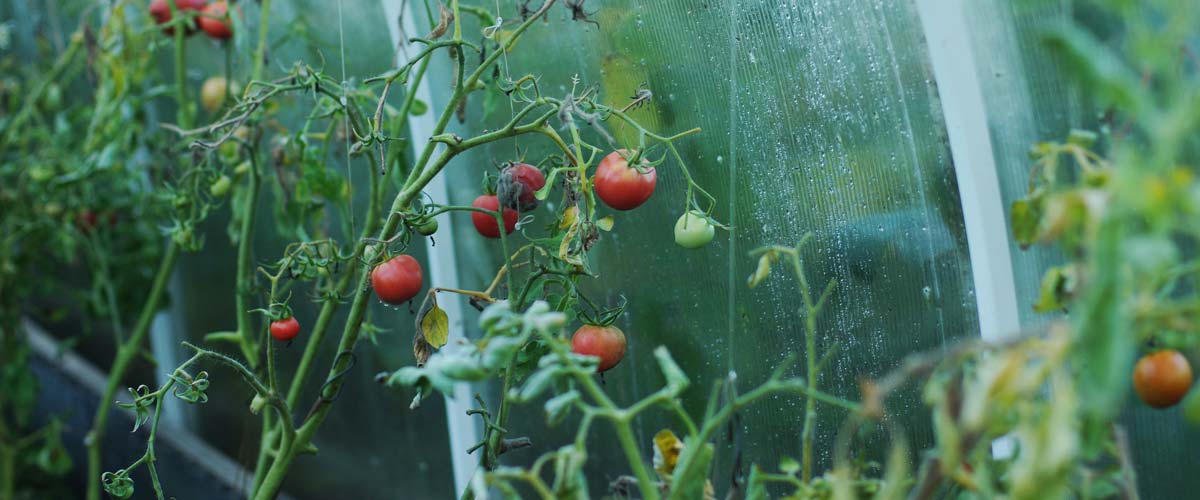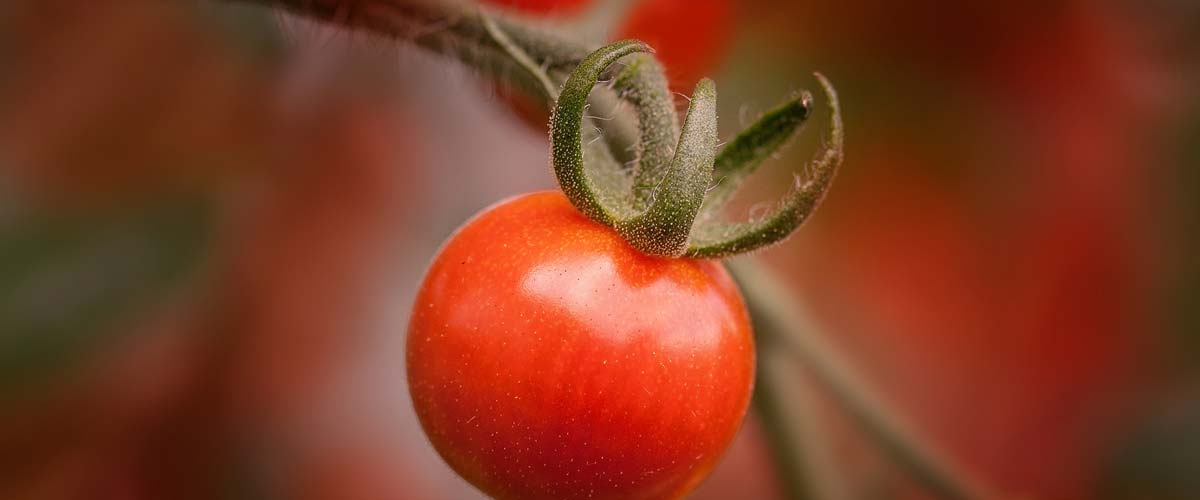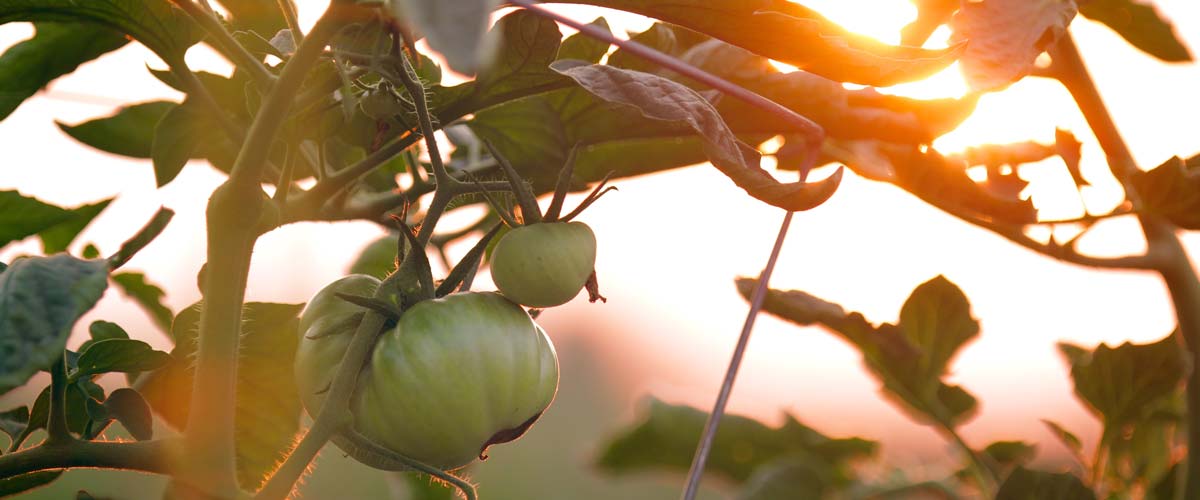In central Illinois, our local farmers have been busy planting with their tractors and equipment. By May, the fields already have a tinge of green. People are planning their home gardens, too. Around our office you hear talk of trying new vegetables and there are more than a couple seed catalogs in the lunchroom. It seems everyone is “itchin’ to grow” something, and planting season is a perfect time to take advantage of a learning opportunity with your children.

Gardening with children can be done in a variety of ways. Maybe you have a vegetable plot already. Kids can help in so many ways: choose seeds, learn when and how to plant different varieties, plant, water as needed, pull weeds, watch for insect damage, keep a journal recording their observations (was the corn knee high by the 4th of July?) and of course, help harvest and then cook/can/freeze the bounty. You might want to keep this journal so your children can add to it year by year. You can make comparisons of planting times, growth, problems and how plentiful your harvest was per plant.
You don’t have to plant an acre of tomatoes and can them; make sauce, juice, salsa, ketchup or whatever else to get a full gardening experience. It can be fun to grow seeds in a window and plant them in the ground or a patio pot later on. All you need to get started is a clear plastic container with a lid such as those from a deli. Make sure there are some drainage holes in the bottom and place something under it to catch any mess.

Let’s use that plastic container to grow some tomatoes. Decide if you want cherry or grape tomatoes to munch on or would you rather have a juicy BLT sandwich tomato come summer? Have the kids help you select a packet of seeds.
Start the seeds 6-8 weeks before your local spring frost date. In central Illinois, this is May 15th, so I would start my seeds mid/late March. If you start them later, you will have tomatoes later in the summer: no problem! There will be directions on your seed packet. This is not the time to improvise; follow these closely.
Place the container (with the lid on) in a warm spot. They should germinate in a week. Observe the baby leaves and watch for them changing into true tomato leaves (about day 30.) Students can draw these different leaves in their observation journals. You won’t use the lid when you now place the container in a sunny window or you will cook your baby plants. Pull out all but 2-3 plants.
When it warms up, you will move the container outside to harden off your tomatoes before you actually place one in a pot for the summer. To plant your seedling, get a big container of soil, ready a hole, gently remove the lower couple branches and place it into its new home up to the leafy growth. The stem will grow roots below the surface. Children can draw what they think the tomato plant will look like below the soil. Water it in. It will need support, which can be a wire cage, metal spiral, a bamboo teepee, or even branches you collect.

In the process of choosing what to grow, planting seeds, caring for the seedlings (maybe even naming them!) transplanting and watching them produce fruit, your children have observed a growth cycle from beginning to end. In keeping the journal, they are thinking about what they did that day, measuring, using topic-specific vocabulary, practicing handwriting and sentence structure, and even drawing pictures. You basically just did a little unit study by growing a few seeds! Pat yourself of the back! Oh, and bon appétit y’all!





